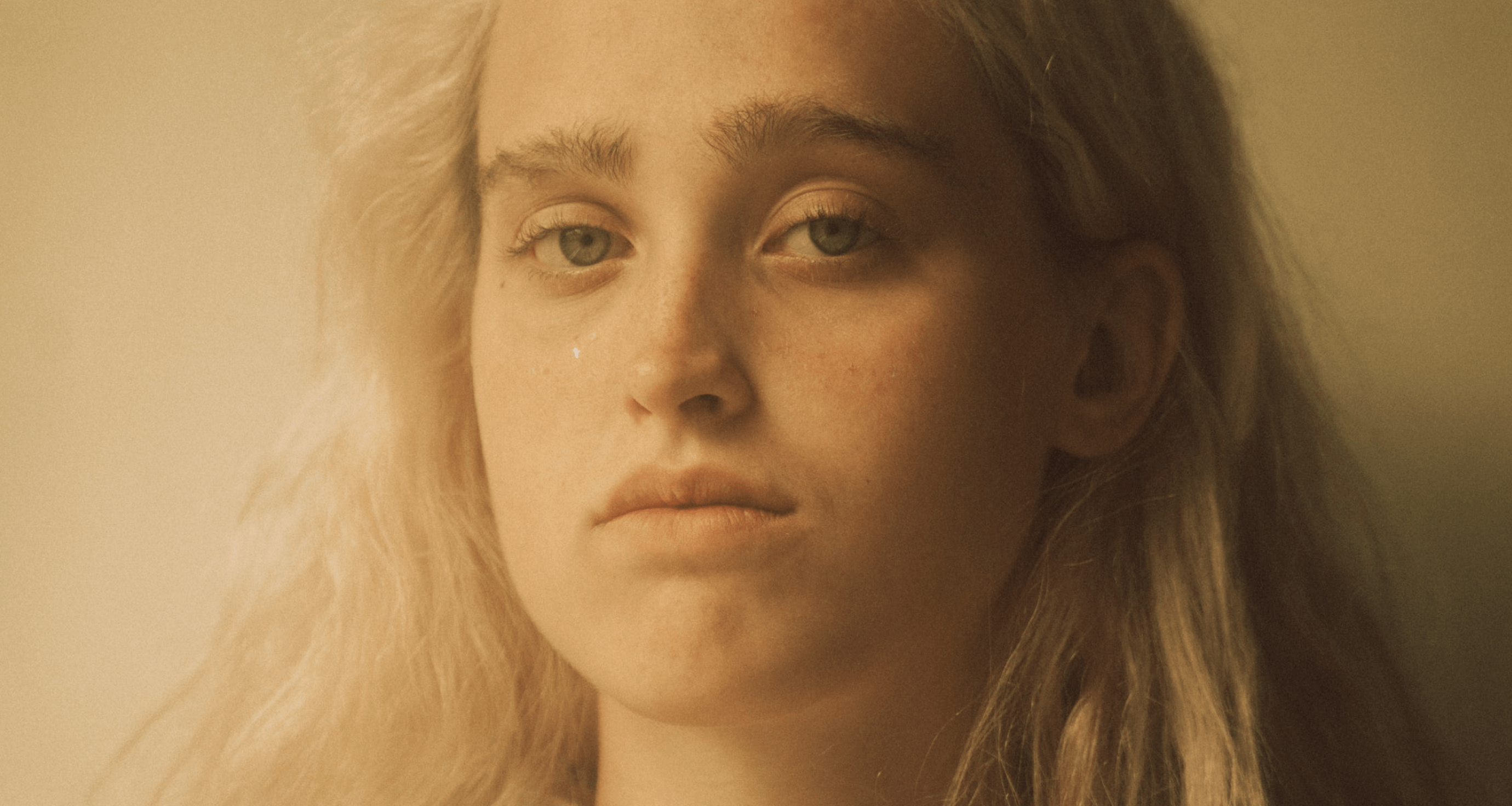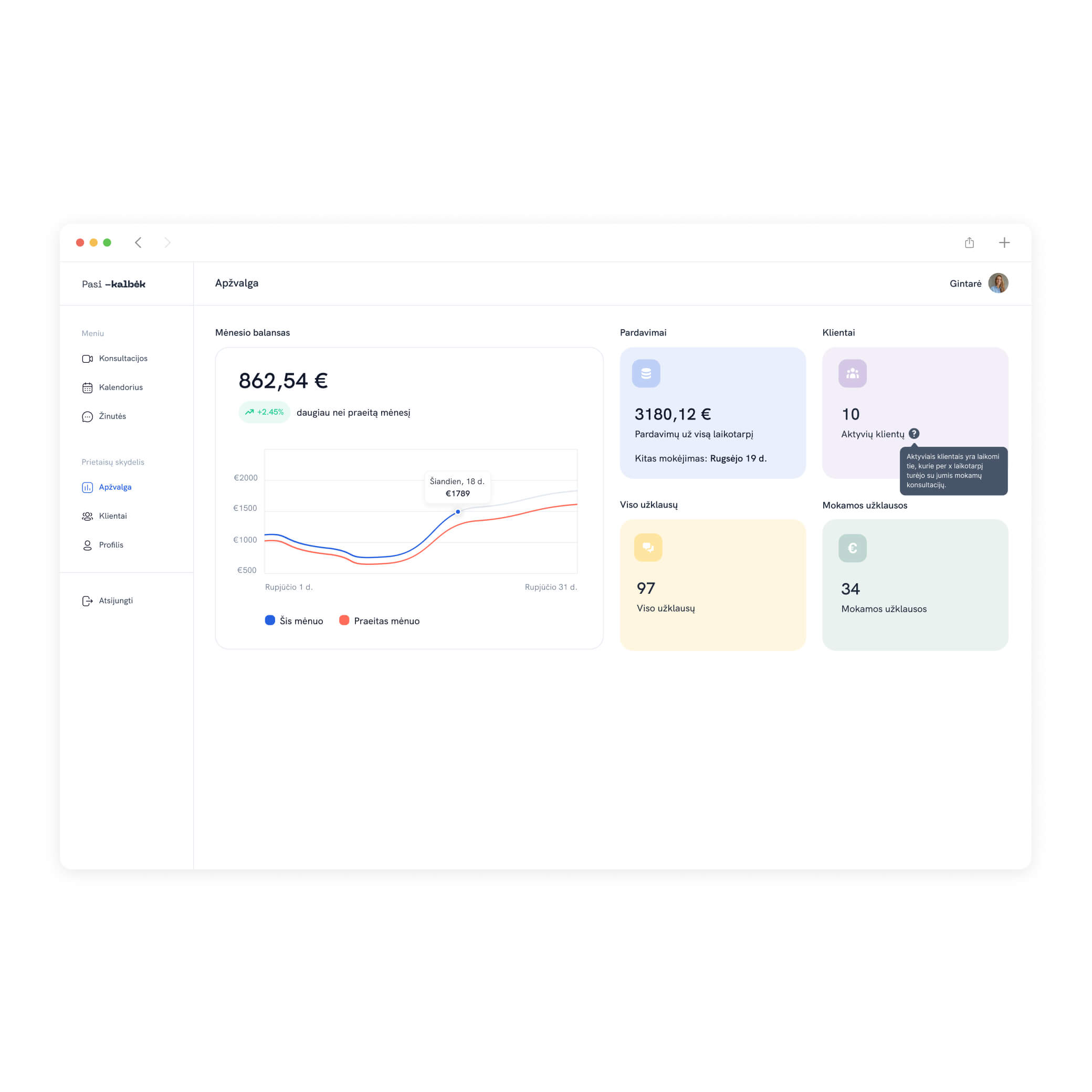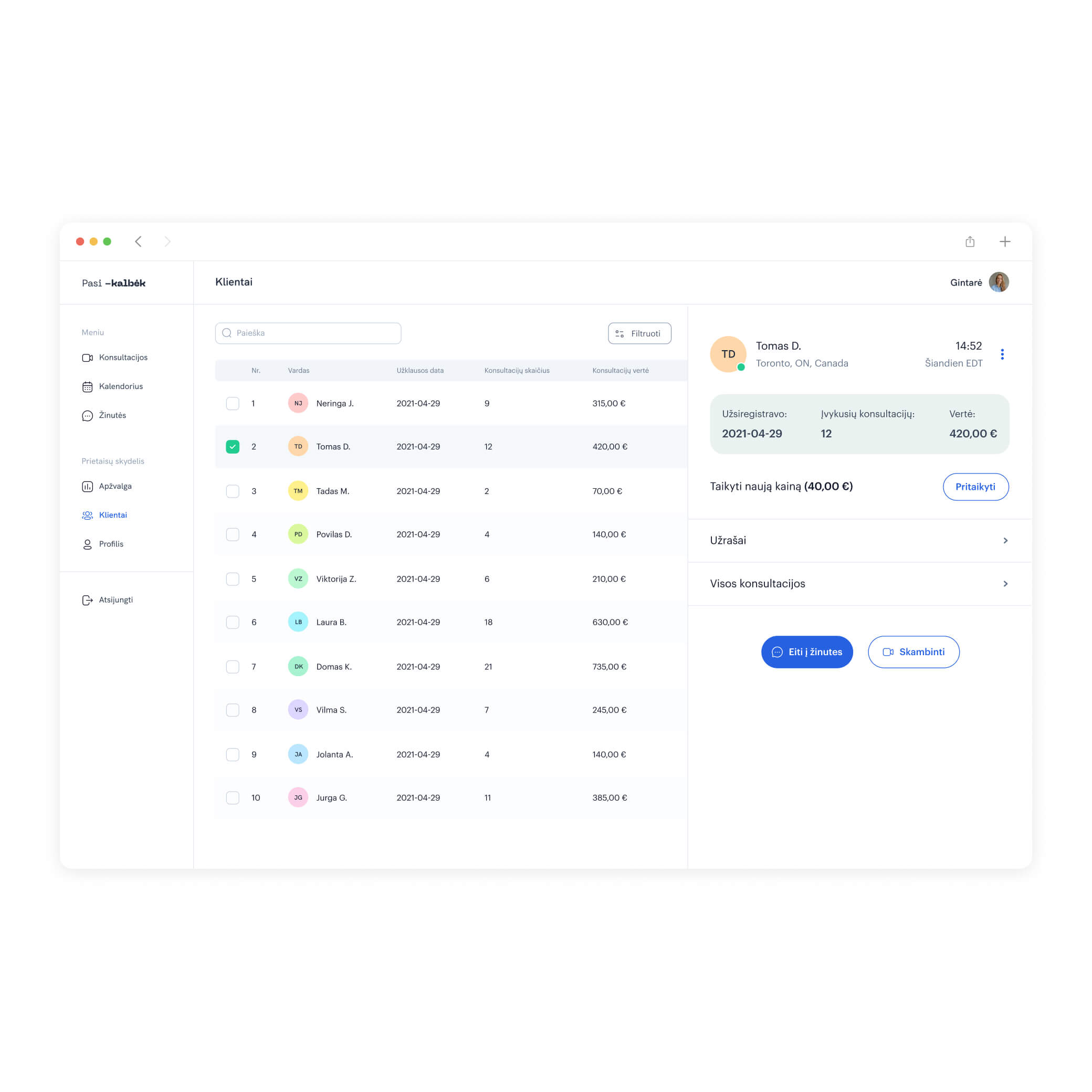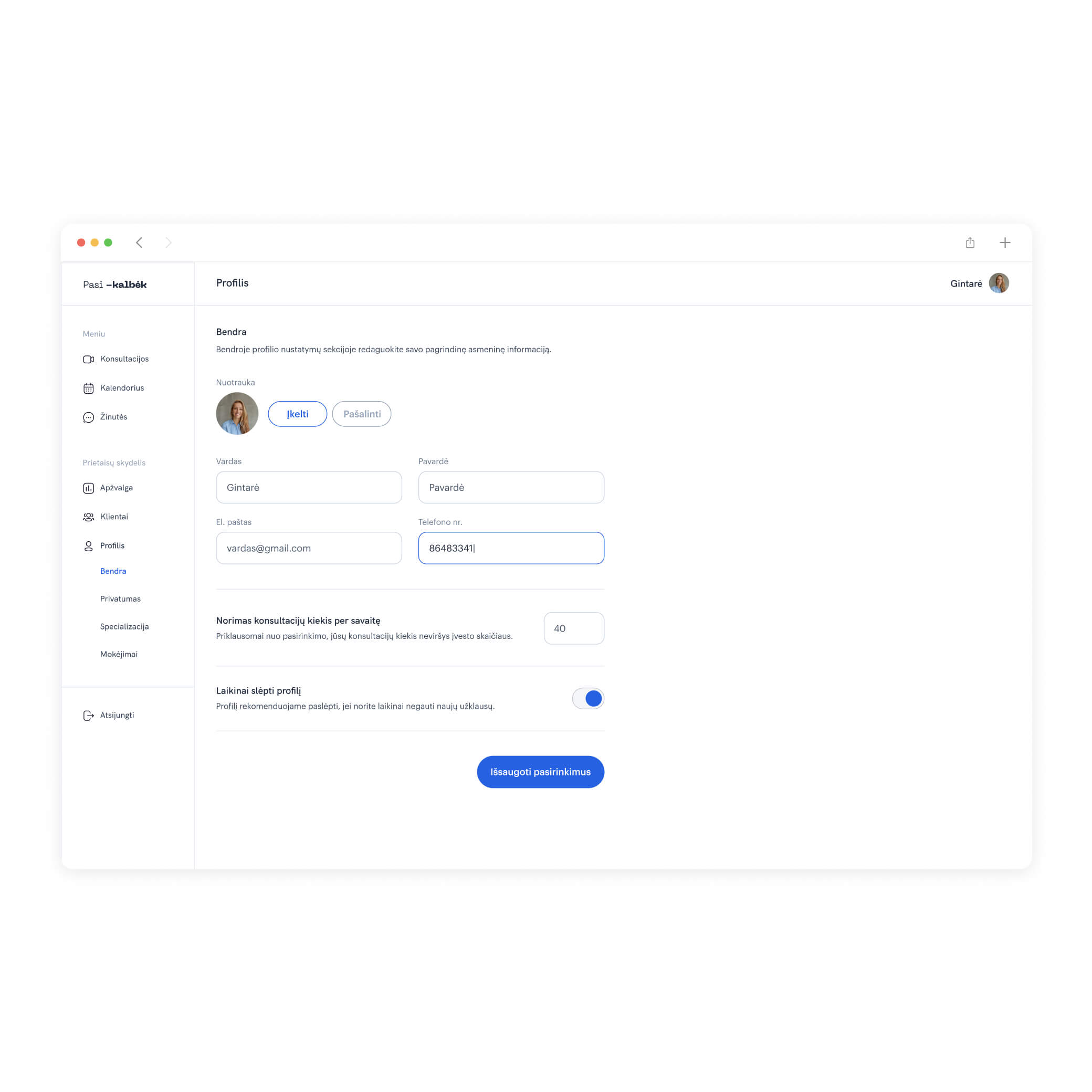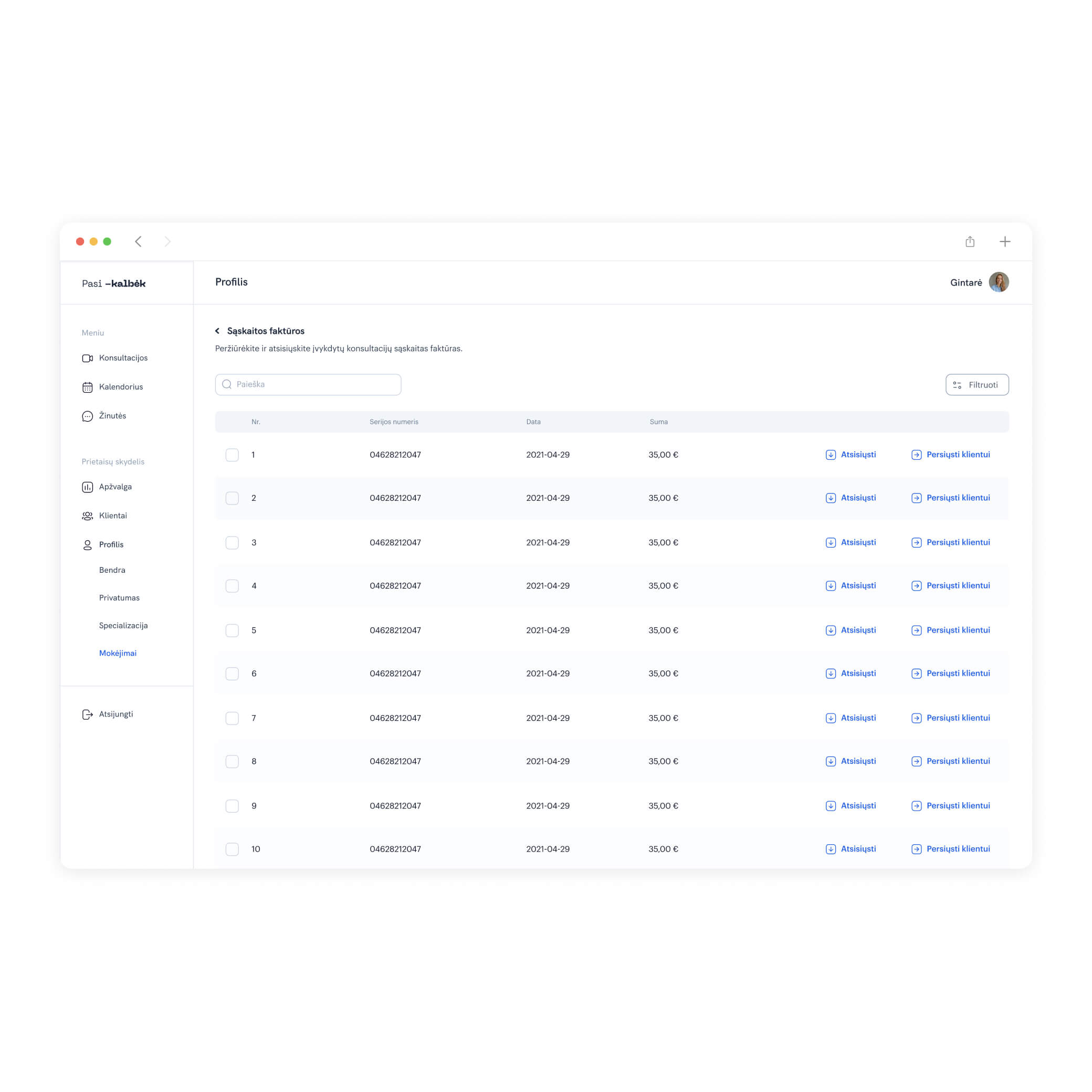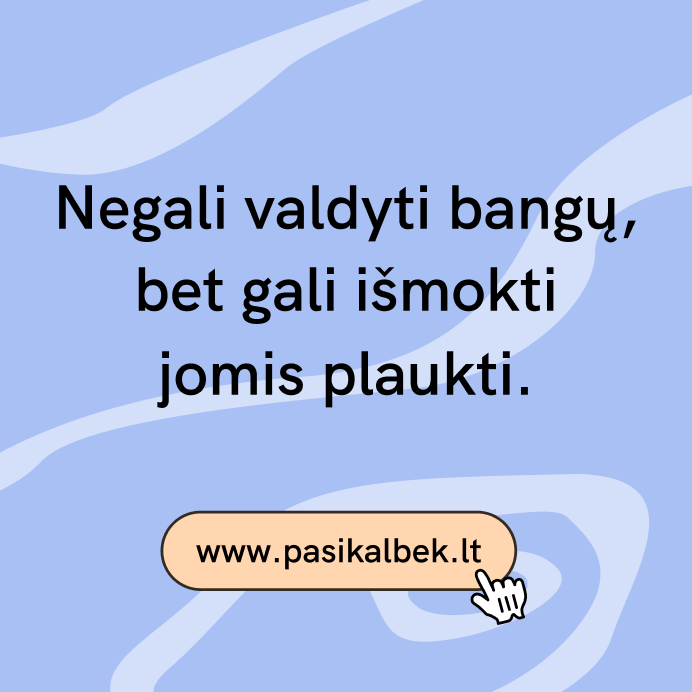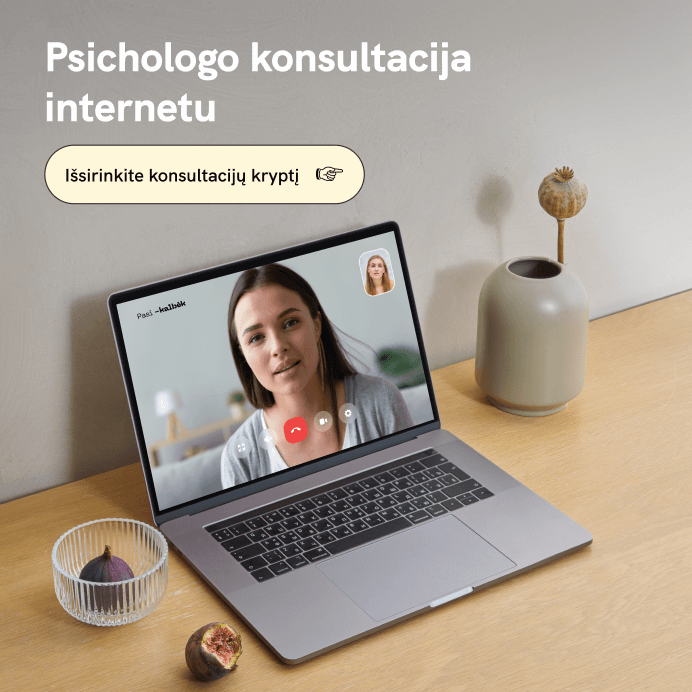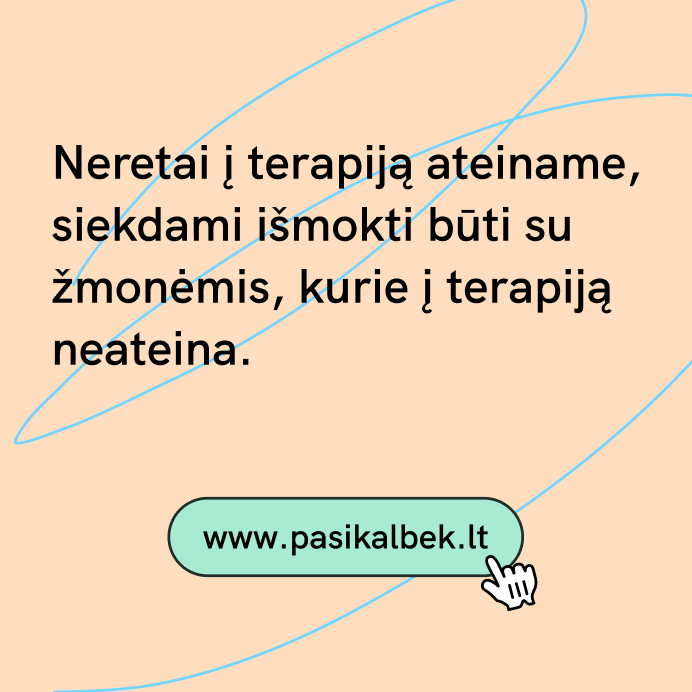Pasikalbek.lt
Co-founder & Head of Design
2020 — Present
Product design & launch
Pasikalbėk (Let's Talk Group) is a Lithuanian tele-health service startup that connects mental health practitioners with their clients in a most convenient - remote - way. Together with my team, we’ve built a tool for modern day psychologists to do their work effectively and efficiently by conducting online meetings, and leaving book-keeping and marketing to us.
Stats of 2022 December:
• 14.4K total users and 15.9K total consultations held.
• Total users: 14.402+
• Total consultations: 15.956+
• Total gross volume: 472.766 €
My, as co-founder’s and Head of Design (UX, UI, CX), key roles are:
• Brand visual communication strategy (marketing & product) from the ground up.
• Competition research, persona building (Client and Therapist respectively).
• User flows and journey maps.
• Prototypes, user interviews and testings.
• Hi-fidelity designs (websites & platform).
• Design system.
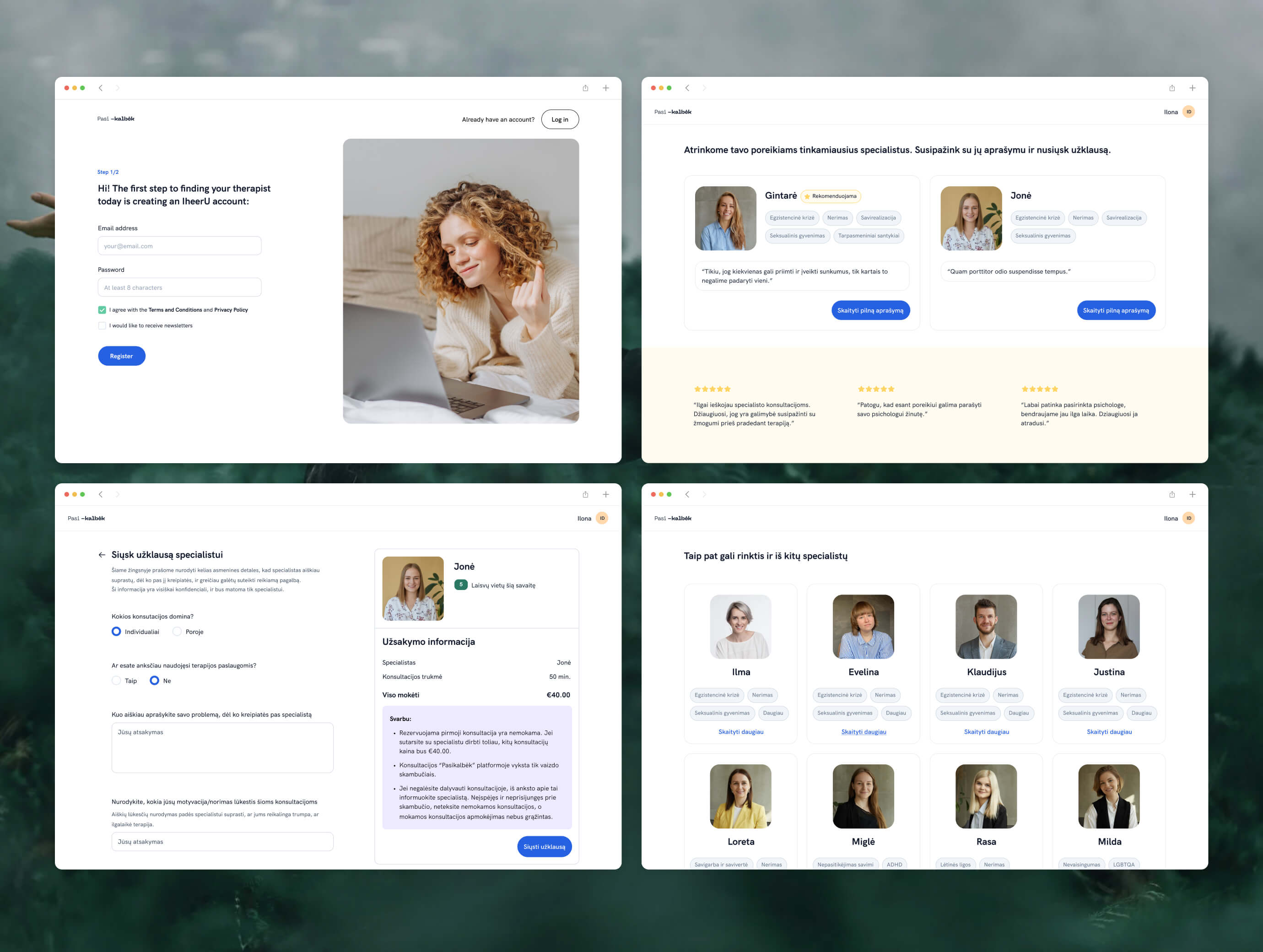
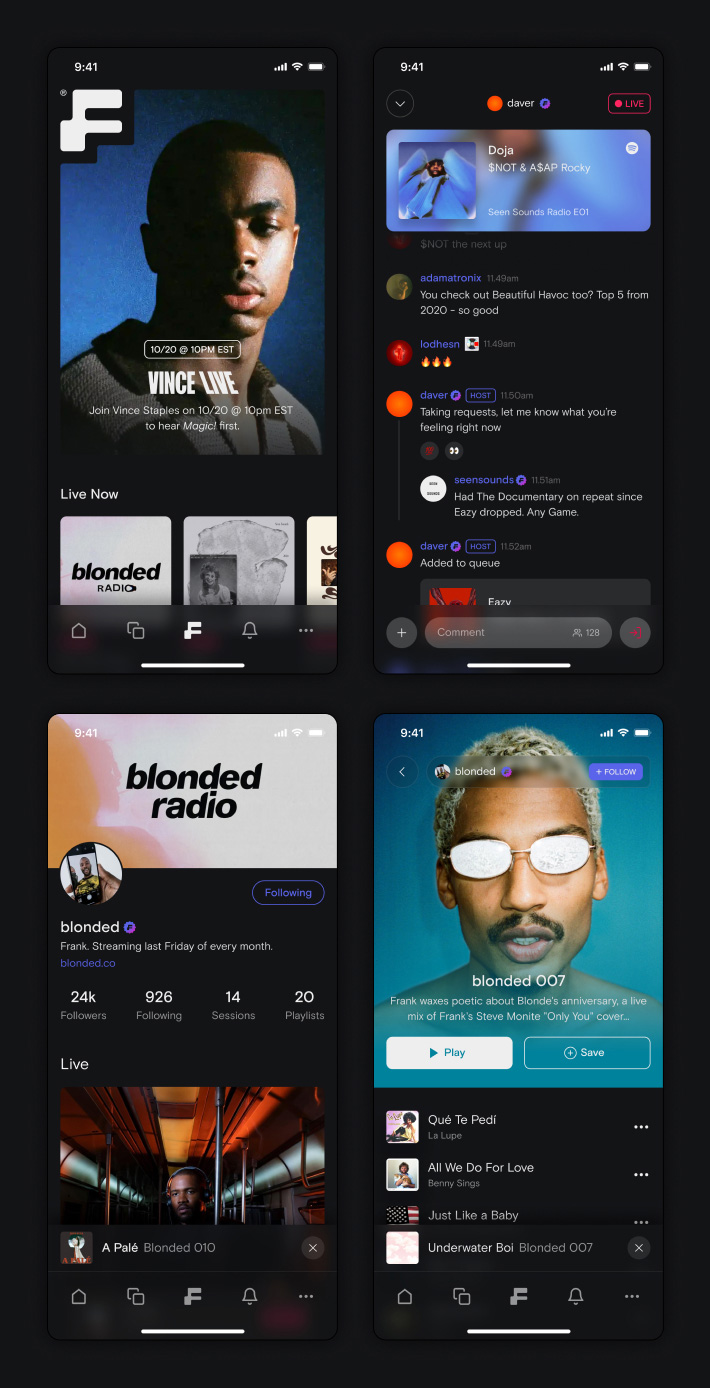
In the contemporary and Covid / post-Covid age, seeking online therapy has increased and is predicted to grow in future by 124%. During 2020, in Lithuania, there haven't been many options for people to reach out to psychotherapists other than to register for a live appointment up to 3 months in advance. The situation that a mental health treatment was in that time, was inconvenient and non-helpful for those seeking for a quick treatment.
Additionally, while long-established psychotherapists could be hardly booked, a gap emerged between them and younger specialists with less experience, who had a harder time to grow their practice.
Seeing this situation potentially viable to introduce a mental health service platform, together with other 3 founding members, we decided to start building such product.
• There were a little to no online therapy services in Lithuania. The ones that would offer such service, would have either a poor user interface, or simply pretend by letting users register on their website, while the conversations with therapists would be held on Google meets instead of their own platform.
• Recent grads in psychology would have a hard time to start their private practice and get clients.
• In turn, the cost of a therapy session would be relatively high, meaning that not everybody could afford it.
• Mental health problems were still perceived as some sorts of stigma amongst many people. Allowing a remote option for such help might've reduced any negative thoughts prior.
• Psychologists working in private practice often feel outside of their work circle, which has a negative impact on their further growth.
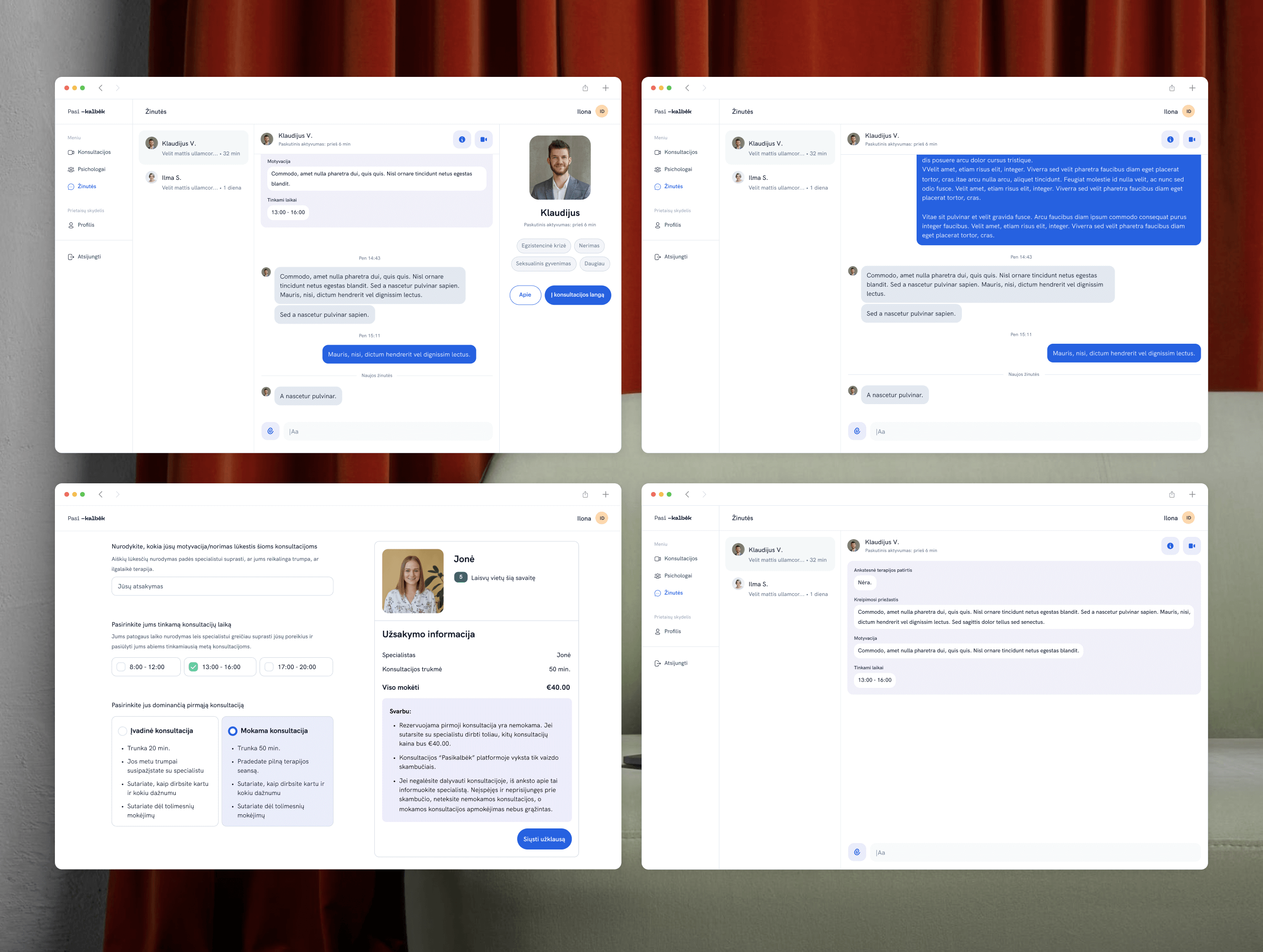
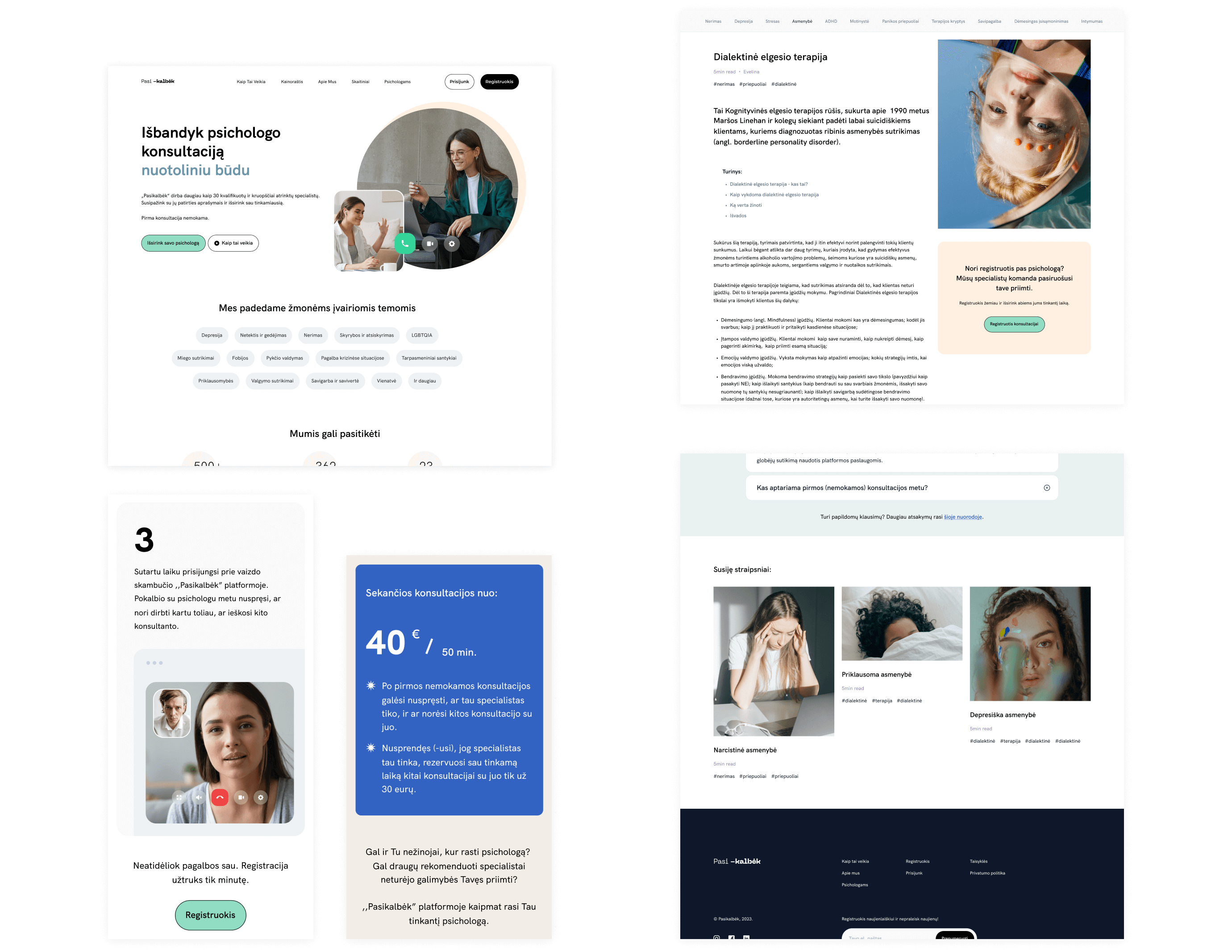
Both US and bigger countries in EU would have their own specific platform with such service, however, the biggest players in the game were stated as these: Talkspace, Betterhelp, Teen Counselling, Brightside Health.
Despite having differences in their marketing communication or branding, after in-depth analysis, these were the functionalities that all of them contained within the platforms:
• client with therapist matching flow (either by choosing topics for counselling, specialist's gender, price or else).
• Chat window.
• Calendar view for bookings.
• Video consultations window.
Generally, these were the main pillars that I could rely on and start thinking of user flows and journey maps in a diverging standpoint.
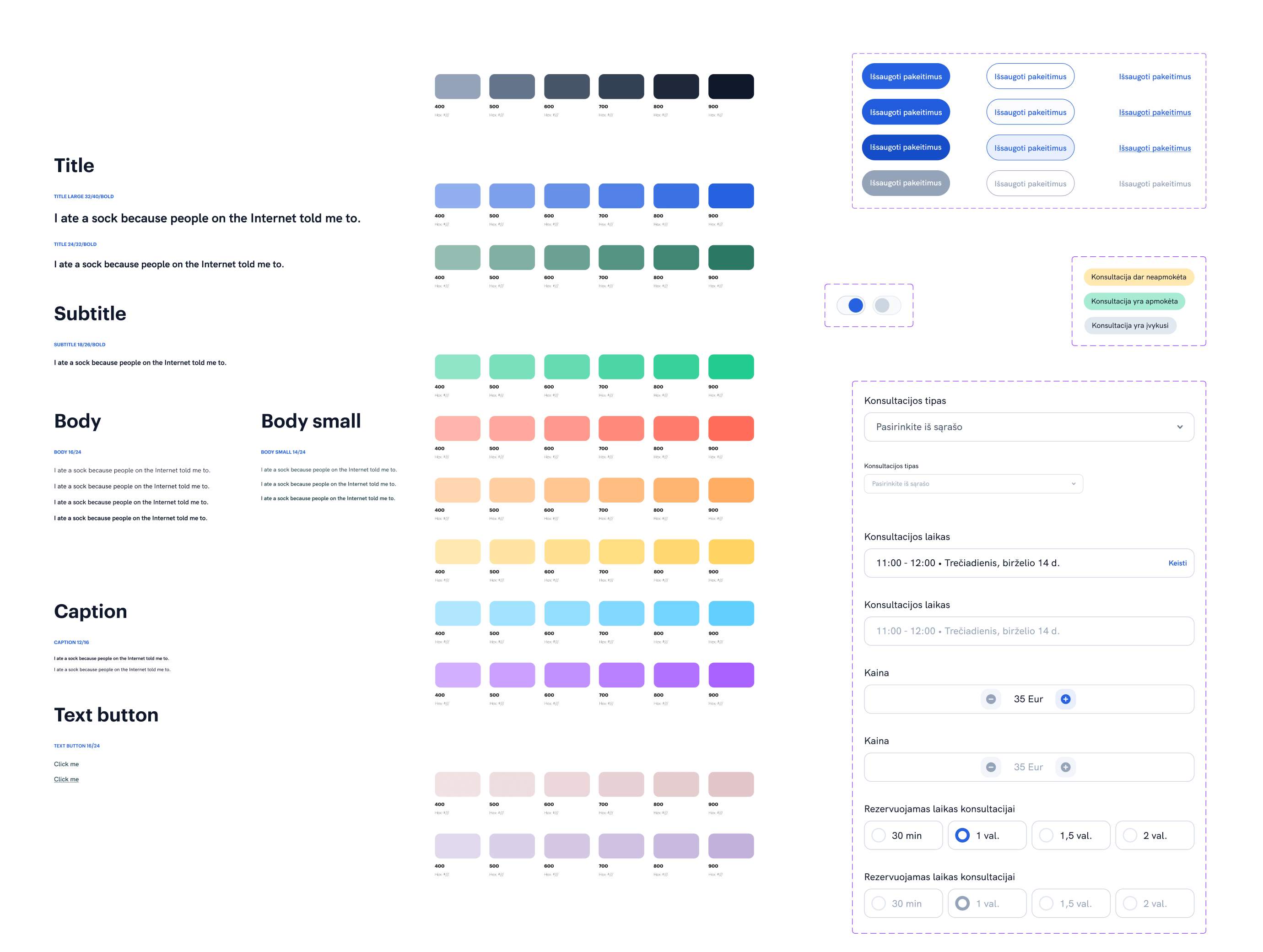
Our main purpose of IheerU platform was to build a convenient tool for psychologists who would be satisfied to organise video calls via our Calendar functionality and have uninterrupted video calls. We also promised to do their bookkeeping, so that they wouldn't have to worry about the taxes. Generally, we thought of building such tool for psychologists-first, as the demand was growing steadily according to the studies.
Therefore, as the main study group, I took into consideration therapists first, where user interviews were held. Main take-aways from the sessions were:
• therapists prefer to have an ability to book available slots for consultations themselves instead of inputing times to the calendar in advance for the clients to see. This was an interesting point, as from the market research, I happened to see a latter pattern - predefined timeframes.
• Counselling highly depends on various topics in different fields, therefore, it's important to have them clearly listed on therapist's profile, as well as during client's registration flow for the good matching.
• While the client does the first move by sending a request to the specialist, it's very important to gather as much of information about the situation as possible, so that the specialist would know how to respond or if he/she should transfer the client elsewhere.
• In their private practice, therapists are used to taking notes during the session. That's why this functionality is necessary in our platform, especially in the video call window for an easy access.
• It's inevitable that mental health services are as anonymous and private as possible due to sensitive topics. However, we had to come up with a solution where therapists could easily distinguish their clients from one another.
• Calendar and Consultations views are the most important features. Therapists should be able to easily use the calendar, create a consultation, edit it and go the meeting window.
User study conclusions and value proposition
Be free of your time and book a consultation for your client yourself.
• Have your daily therapist's tools in one place:
〰️ personal professional profile, visible to clients,
〰️ digital calendar,
〰️ client's list,
〰️ conversations,
〰️ private client's notes,
〰️ invoices,
〰️ upcoming video calls.
User flow: Client & Therapist
Having gathered necessary data, it became clear how to build an initial user flow. As for the client's user flow for the mvp, I took an approach to use the best practices from the competitor landscape.
1. Register on the platform before seeing specialists.
We wanted to grab user's email as soon as possible, and at the same time, keep our therapists' privacy.
2. Registration quiz: personal & contact details, counselling topics.
3. View matching therapists and the rest of available ones.
4. Read therapist's bio & send a booking inquiry.
1. Register on the platform before seeing specialists.
Personal & contact details, counselling topics, license number and qualifications with a short descriptive information about himself as a specialist.
2. Connect bank account with Stripe for payouts & complete profile.
3. We review, accept & make specialist's profile public.
4. Client views therapist's profile, sends an inquiry.
5. Therapist talks the client via private chat and books a consultation time.
6. The client pays for the consultation, so it becomes active.
7. On the agreed time, a client and a therapist connects to a virtual call on our platform.
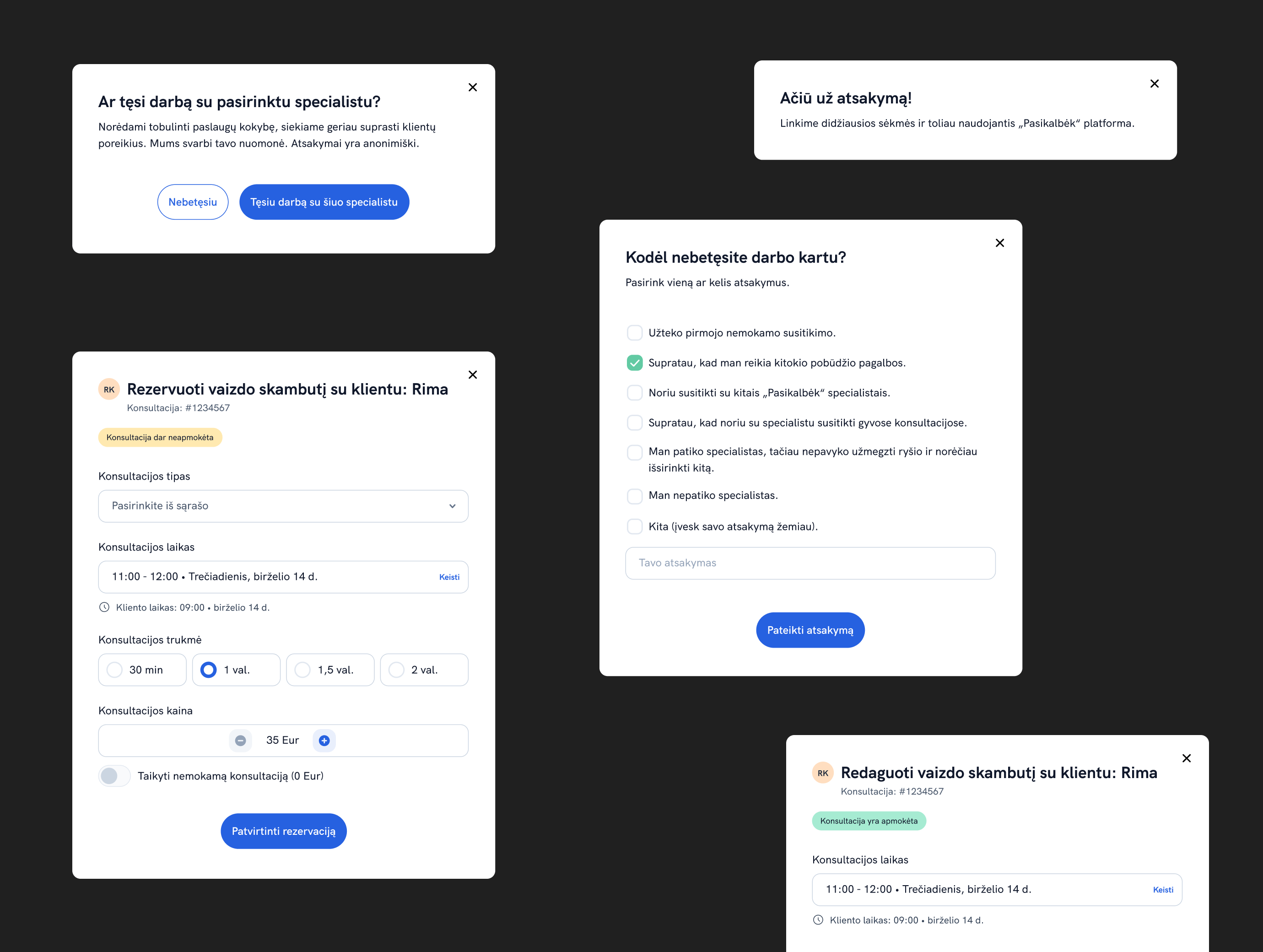
We knew we wanted to stand out from the rest of competitors with at least a tiny bit of individual taste. By offering mental health service starting with a free 20 min consultation and lower rates for next ones, we wanted to make therapy affordable for younger groups of people as well. Therefore, our communication had to be according.
We aimed for youthful, reliable, easy going and a vivid tone of voice.
Upon testing with a focus group of users (client side), I created a handful of product elements and marketing items as following:
〰️ Website,
〰️ Platform,
〰️ Design system,
〰️ Marketing material: landing pages, social ads, Instagram posts, newsletters, pitch decks, onboarding material.
Launching an mvp shouldn't take up too long - after all, it's a more "fail fast approach". Gathering data is important to be able to verify design logic and tone of voice decisions. However, testing and iterations have to come hand in hand before and after the initial variant of the product is launched.
Visuals are important, especially for a product where clients will book a service upon other people's profiles. Therefore, we've invested time and funds to take professional photographs of our most converting specialists.
We also didn't rush much with the mobile version for the audiences mainly because this reason: having a therapy session is a sensitive and responsible action if one wants to get a certain help. Also, respect and trust have to be held by both parties: client & therapist.
Having an ability to connect to a therapy session via phone would mean people doing it on the go, with an unstable connection, and generally, not being well prepared for a session. Without being able to overcome these obstacles, we decided not to rush with rolling our a mobile version to the users at least for now.
〰️ Bug fixes.
For a project of this scale, even though we have already fixed plenty of bugs before public release, there are bound to be minor bugs.
〰️ Post-launch optimisation.
This is a crucial next step for every UX improvement or product launch. With informed, actionable insights, we are able to design a better experience for our consumers.
〰️ Continue to design better experiences.
To follow through what our customers say and continue to stick to our design principles.
Along with the visual campaign, we exhibited our vision and exclusive anniversary collection around the world in Hong Kong, Shanghai, Beijing and Paris. The popups featured architectural design by Jamie Fobert and interaction design by Your Majesty to create a unique experience that paired the digital and physical world of fashion together. Viewers were able to see the physical pieces alongside their digital counterparts and make purchases directly on their phones or at the digital kiosks placed throughout.
Fashion 3D Design by
The Fabricant ↗Installation Interactive Design by
Your Majesty ↗
Check other works below ↓
